Nothing will help boost the vitality and production of your vegetable garden and flowerbeds like compost – and there is no better way to make sure you have plenty of hand for the long growing season ahead than by creating a hard working compost pile early this spring!
Whether you want to grow the biggest and tastiest tomatoes around or have the brightest flowering annuals on the block, compost is the key to success. It is truly nature’s perfect soil enhancer.
Not only does compost build nutrient levels in the soil, it also helps loosen it. That can be extremely helpful to plants when it comes to allowing their roots to expand quickly and effortlessly.
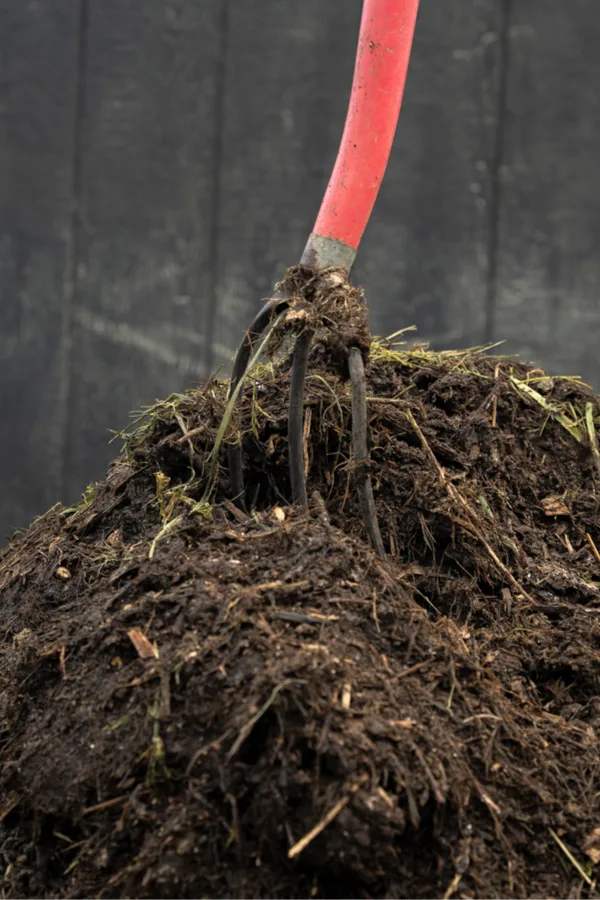
When you add in that compost helps retain moisture and create better soil structure, there are certainly plenty of reasons to keep a steady supply of it on hand at all times.
Spring is the perfect time for creating a great compost pile. For starters, there are mountains of materials available to get a great pile underway. In addition, as the temperatures begin to rise, it creates the perfect environment for a pile to heat up and begin decomposing.
With that in mind, here is a look at how to build the ultimate spring pile and get composting today!
How To Create An Amazing Spring Compost Pile – 3 Simple Secrets To Success
#1) Fill Your Compost Bin With Spring’s Bounty of Materials
To create the ultimate compost pile that heats up and decomposes quickly, you need to create a pile that is at least 3 feet wide, 3 feet tall, and 3 feet deep. This allows enough mass to get the core of the pile to heat up.
That size is also important because it is easy to manage. As you will see below, to create a compost pile that works fast, you need to turn it frequently. The 3′ x 3′ x 3′ size is large enough to heat up, but small enough to still work.
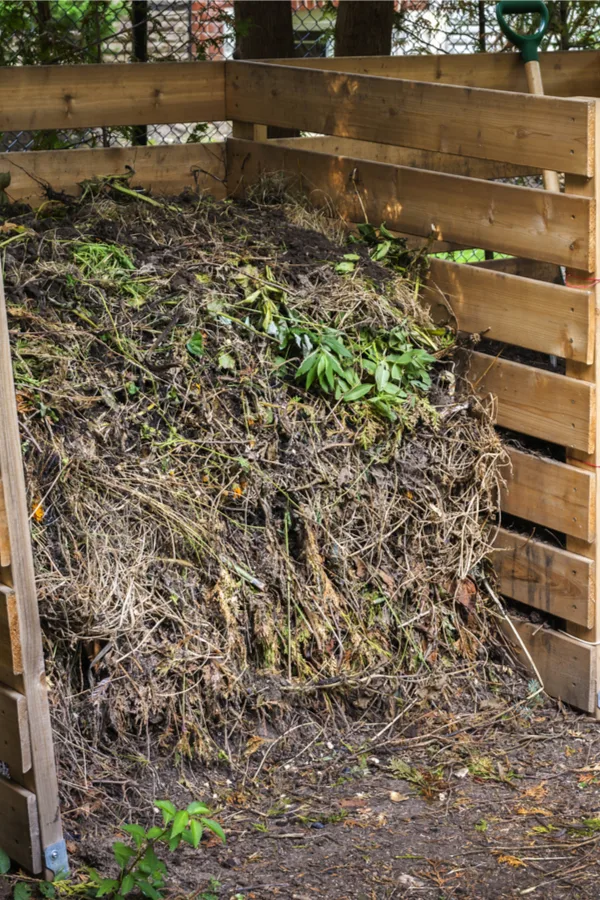
Although a good compost bin will help make containing the pile easy, you can create your spring pile anywhere you have room. You can use old fencing to create a temporary spot in the corner of the garden, or simply create a pile out in the open. The important thing is to build that pile! See : DIY Compost Bin Plans
Composting Materials
The good news is there are plenty of materials to find in the early spring to create a 3’x3’x3′ compost pile. Both outside – and inside as well!
For starters, clearing and cleaning your flowerbeds can give you a mountain of composting materials. Old leaves, decaying perennial foliage and spring pruning materials are all excellent for the pile.
By spring, these materials have already begun to break down from the perils of winter. Not only are they great for building mass into your pile, they also will decompose much faster at this point. Another great addition are any fresh spring grass clippings from your lawn.
Don’t Forget The Chickens & Farm Animals!
If you happen to have chickens or farm animals, or have friends or neighbors who do, their bedding and manure are incredible for adding to a spring pile. By spring, most of their pens are overflowing with bedding, making it easy to source.
On that note, avoid using any feces from dogs or cats. There is simply too much risk for pathogens with these animals, and they should always be left out of your pile.
But don’t stop with just what is outside, there are plenty of materials for composting available indoors as well. Especially when you look at what you can find in your kitchen!
Kitchen Scraps – How To Create A Spring Compost Pile
Kitchen scraps are usually quite plentiful all year round, and they make a great addition to a pile. Banana peels, orange rinds, lemon rinds, and the skins of all fruits can go in. As can potato peels, carrot peels and all vegetable remnants.

Vegetable and fruit scraps break down fast in a pile, and help to heat it up as they do. Don’t forget other compostable materials such as egg shells, peanut shells and even milk that has passed it’s expiration date.
Finally, the coffee grounds from your morning cup of Joe are one of the best compost pile ingredients around. Coffee grounds are full of nitrogen, and help to heat up a pile to speed decomposition.
Don’t forget to add that coffee filter too, most are 100% compostable. Even if you don’t drink coffee, have your neighbors and friends save their grounds for you. Many local and chain coffee shops will also save their grounds upon request for composters.
One thing you want to avoid from the kitchen are meats and oils. Although they will compost, they can create a rancid odor. In addition, they tend to attract wildlife to your pile, causing additional issues.
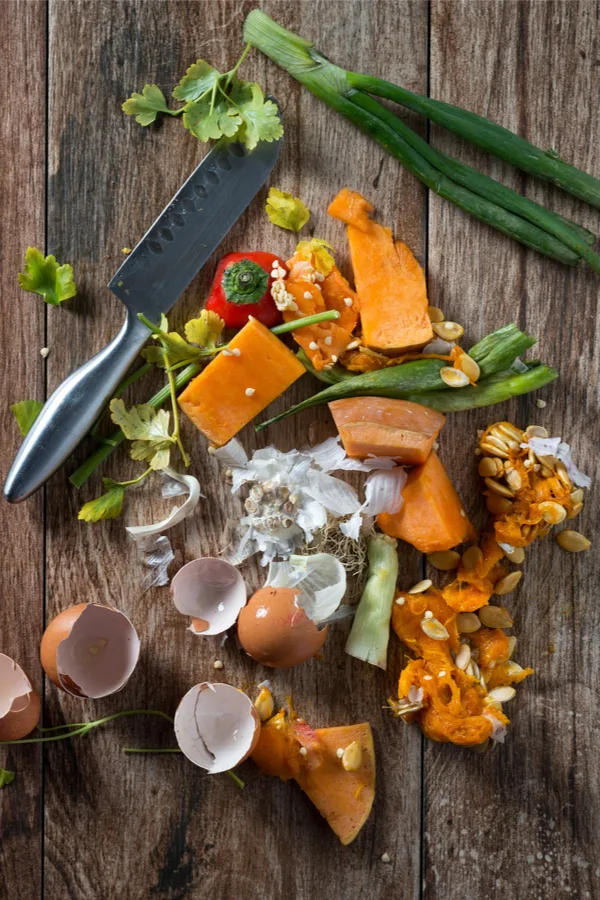
#2) Chop Your Pile’s Ingredients! How To Make A Great Spring Compost Pile
One of the biggest mistakes home composters make is to add whole ingredients to their compost pile. Doing so will result in a compost pile that can take not months, but years to decompose!
As you build your pile, reduce the materials to the smallest size possible. The smaller the better! By doing this, you are accelerating the decomposition process ten fold. Not only do smaller pieces break down faster, all of the torn edges of the small pieces allow for more surface edge areas to decompose.
As an example, think of a large pumpkin. Put in a pile, it will decompose slowly from the inside out. But when cut up into tiny pieces, each of those torn edges of the smaller pieces will start breaking down. The end result is a pumpkin that decomposes much faster than when left whole.
If you have a home chipper / shredder, by all means, use it! But you can also use your push mower or riding mower to mulch up leaves and scraps fast. If you have a bagging attachment, it makes it even easier.
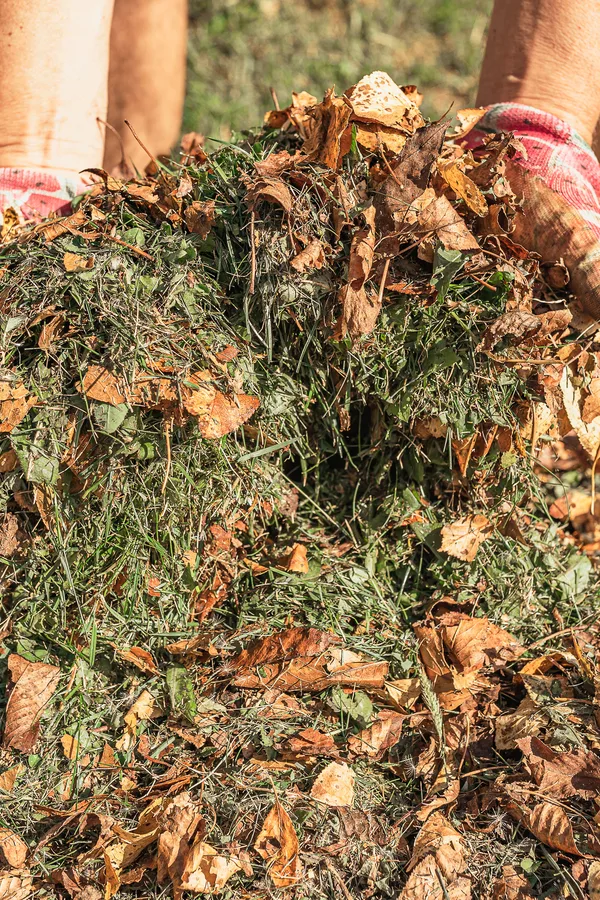
For kitchen scraps, give those peels, cores and rinds an extra fine chop before taking them out to the pile. The end result will be a compost pile that heats up fast and is ready in just a few months. And that can be quite handy for powering your summer crops and flowers!
#3 Build Your Spring Compost Pile All At Once
Finally, if you can, treat your spring compost pile and efforts a bit different from a normal pile. If at all possible, it is a great practice to create your spring pile all at once.
By gathering a single bounty of materials over the course of a week or so, shredding them up, and not adding more materials, you can create a pile that can be used by mid-summer.
For years, we have practiced this approach, and it works like a charm. Once we build our spring pile, we just continue to keep our regular compost bins going for any new material.
As an added help, throw a 5 gallon bucket of compost from your regular pile into your new pile. The microorganisms and bacteria will help activate your new pile even faster.
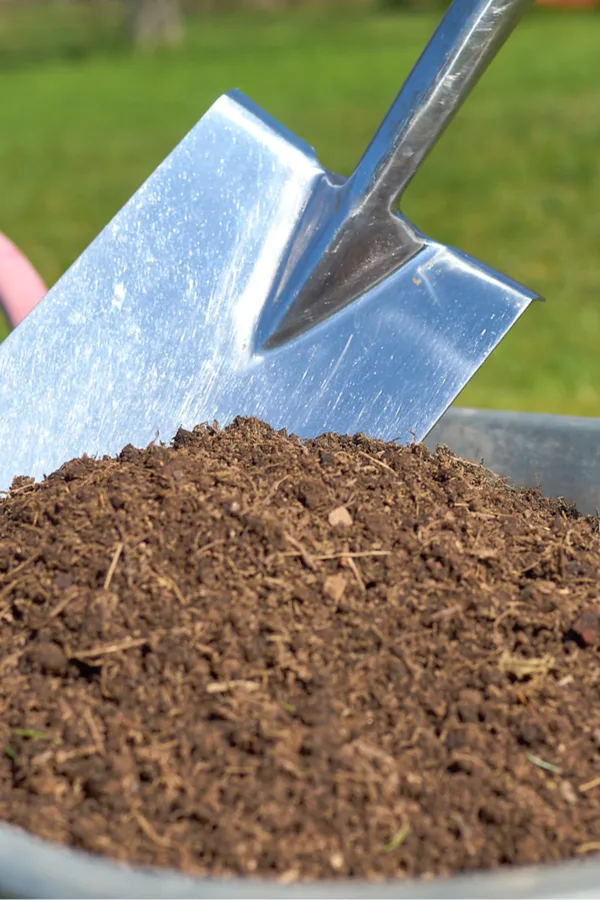
By creating a separate 3′ x 3′ x 3′ pile with the abundance of collected spring materials, we can concentrate that pile on heating up and finishing. By keeping any new materials out, the pile simply heats up and goes to work. With no new materials being added, it shortens the wait time significantly.
#3) The Turning Effect – How To Create A Great Early Spring Compost Pile
Finally, to really speed up your spring pile, turn it as often as you can. We like to take a pitchfork to our special spring pile every day to two. By doing this it keeps oxygen at the core of the pile, and allows it to “cook” down the compost fast.
With the finely shredded materials, and the constant supply of oxygen, we can usually have fresh compost ready for use in as little as 60 days.
We have found it to be perfect timing. By mid-summer, we have usually used up all of our compost from our normal piles, and the extra supply is wonderful for powering our summer garden right into fall.
Here is to creating your own early spring compost pile this year, and to an incredible garden season! Happy gardening – Jim and Mary.
Jim and Mary Competti have been writing gardening, DIY and recipe articles and books for over 15 years from their 46 acre Ohio farm. The two are frequent speakers on all things gardening and love to travel in their spare time.
As always, feel free to email us at thefarm@owgarden.com with comments, questions, or to simply say hello! You can sign up for our free email list in the subscribe now box in the middle of this article. Follow us on Facebook here : OWG Facebook. This article may contain affiliate links.
